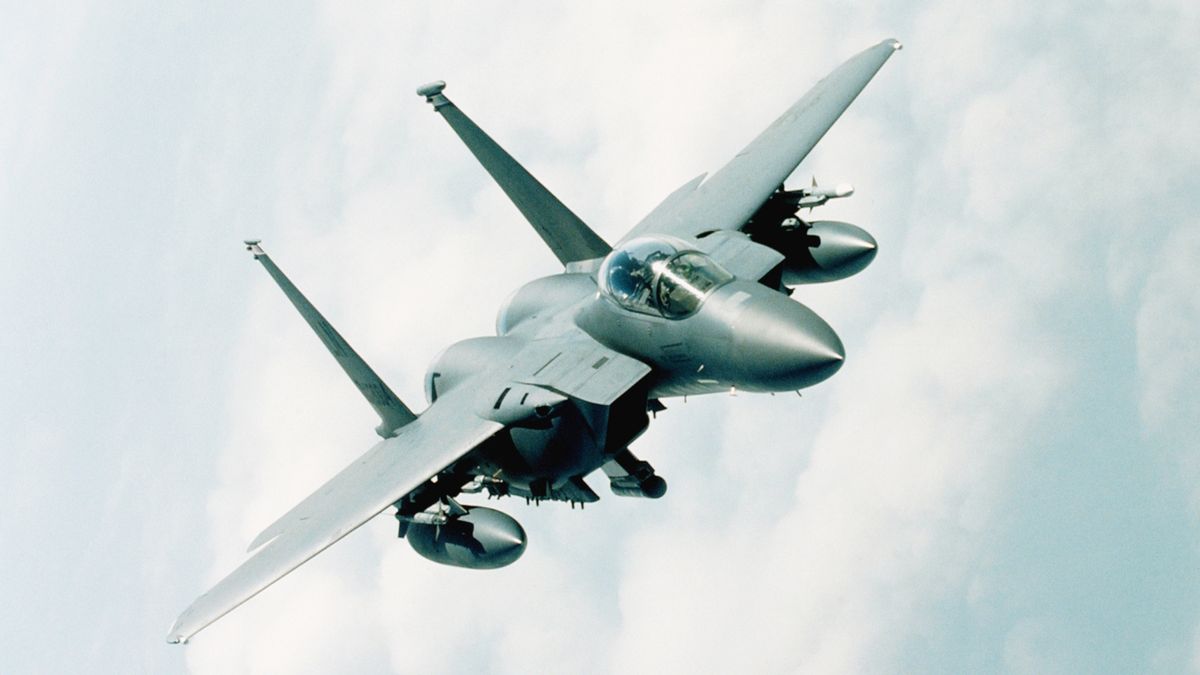Understanding Jet Planes: A Beginner’s Guide and Uses
The marvel of aviation has long captivated human imagination, and at the forefront of this technological wonder are jet planes. These sophisticated machines have revolutionized the way we travel and conduct business, bridging continents in mere hours. This guide delves into the mechanics behind jet planes and explores their diverse applications in our modern world, providing a comprehensive overview for those new to the subject.
A Beginner’s Exploration of Jet Plane Mechanics
Jet planes operate on the principle of jet propulsion, a mechanism that enables these colossal machines to soar through the sky with remarkable speed and efficiency. At the heart of this process is the jet engine, which functions by drawing air into the front of the engine, compressing it, mixing it with fuel, and igniting the mixture. The resulting high-speed exhaust gases are expelled backwards, propelling the aircraft forward due to Newton’s third law of motion, which states that for every action, there is an equal and opposite reaction.
There are several types of jet engines, including turbojets, turbofans, turboprops, and turboshafts, each designed to meet specific operational needs. Turbojets, for example, are known for their high speed and altitude capabilities, making them ideal for supersonic travel, while turbofans, with their quieter operation and fuel efficiency, are predominantly used in commercial airliners. Understanding these differences is crucial for anyone interested in the mechanics of jet planes, as each engine type contributes uniquely to the aircraft’s performance and functionality.
The aerodynamics of jet planes also play a vital role in their operation. The shape of the aircraft, particularly the wings, is designed to optimize lift and minimize drag, allowing the plane to maintain stability and efficiency in flight. Advances in materials science have led to the development of lightweight yet robust materials, enhancing the strength and durability of jet planes without compromising on performance. Together, engine mechanics and aerodynamics form the core of jet plane technology, making them a fascinating study for aviation enthusiasts and professionals alike.
Diverse Applications of Jet Planes in Today’s World

Jet planes have transformed the aviation industry, significantly reducing travel time and connecting the world like never before. In the commercial sector, airlines rely heavily on jet planes to provide efficient and reliable services to millions of passengers yearly. The capability to fly long distances without refueling and maintain high speeds makes jet planes an indispensable tool for global commerce and tourism, fostering international trade and cultural exchange.
Beyond commercial aviation, jet planes play a crucial role in military operations. Fighter jets and reconnaissance aircraft are equipped with advanced technology that allows them to perform a variety of missions, from air defense to intelligence gathering. The speed and agility of military jets provide a strategic advantage in combat scenarios, while their ability to quickly transport troops and supplies enhances military logistics and readiness. Innovations in stealth technology have further expanded the capabilities of military jets, making them a key asset in maintaining national security.
In addition to commercial and military uses, jet planes are increasingly utilized in various civilian applications. Private jet ownership has risen, offering an exclusive travel experience tailored to individual needs and schedules. Jet planes are also employed in emergency services, such as medical evacuations and disaster response, where rapid deployment can be a matter of life and death. The versatility of jet planes continues to evolve, opening new possibilities and uses in sectors ranging from scientific research to environmental monitoring.
As we delve into the mechanics and applications of jet planes, it becomes evident that these machines are not merely vehicles for transportation but are an integral part of our global infrastructure. From commercial airlines to military operations and beyond, jet planes have a profound impact on numerous facets of modern life. They embody the pinnacle of human engineering, demonstrating how technology can transcend barriers and bring the world closer together. Whether for travel, defense, or emergency response, the capabilities of jet planes continue to expand, promising even more innovations in the future.




